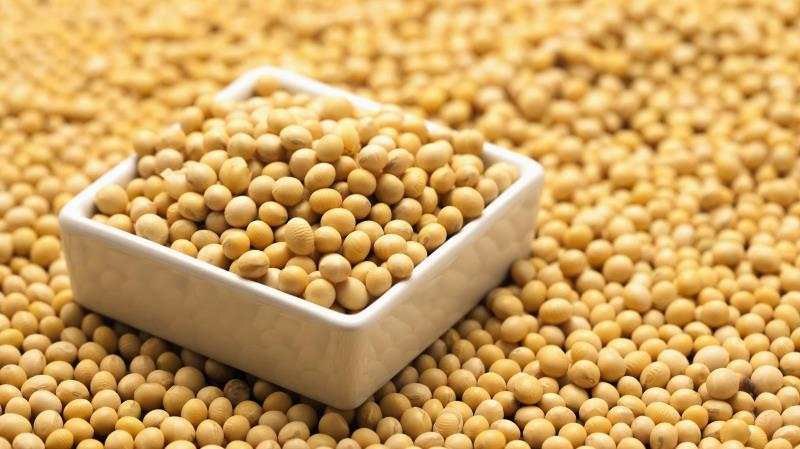
Money Stories
00:23, 14-Apr-2019
Why does China import so many soybeans?
CGTN
01:53

Soybean is the most imported agricultural product in China. You may ask, since China is so big, why don't the Chinese grow it themselves?
The gap in China's soybean market is rather huge – around 90 percent of its soybeans are imported from the international market and are mostly used in oil and animal feed.
As early as 2004, China's agricultural imports exceeded exports and became net importers. The import volume increases year by year.
In 2017, China imported a total of 95.53 million tons of soybeans, of which 32.58 million tons came from the U.S., and 50.93 million tons were imported from Brazil. In 2018, because of China-U.S. trade frictions, the country imported a little less but still reached over 82 million tons in the first 11 months.
Can China produce them with its own land? Is that feasible?
Ke Bingsheng, former president of China Agricultural University (CAU), said that China's arable land is too limited. If the country does not import them and use its own land for production, there will only be 120 kilograms of soybeans per mu (one "mu" is about 0.067 hectares).
That means even if all the arable lands in north and northeast China are used for soybean production, it would still not be enough.
China's resources are insufficient, so imports can help it conserve land. Importing soybeans and cotton is equivalent to importing land and water resources. This is of great benefit to China's ecological environment and so on, said Ke.

SITEMAP
Copyright © 2018 CGTN. Beijing ICP prepared NO.16065310-3
Copyright © 2018 CGTN. Beijing ICP prepared NO.16065310-3